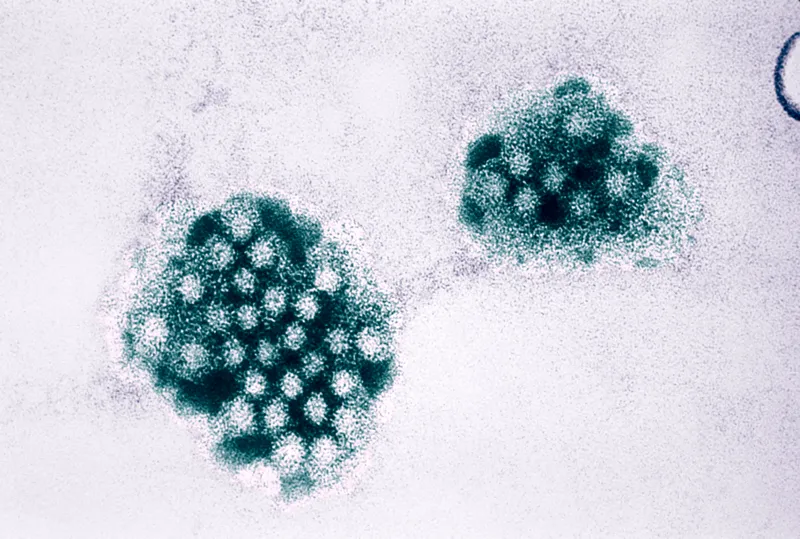The Northeastern United States is currently grappling with a surge in norovirus cases, raising significant public health concerns, according to recent data released by the Centers for Disease Control and Prevention (CDC). This stomach virus, known for causing symptoms such as vomiting, diarrhea, and stomach cramps, has shown a three-week average positivity rate of over 15% in the Northeast region.
Unprecedented Norovirus Positivity Rates: CDC data indicates that the Northeast has surpassed other regions in the country, with positive norovirus tests reaching alarming levels. The three-week average for the virus in the Northeast stands at over 15%, while the Southern region reports around 10%, the Midwest at 9%, and the Western region at 12%.
New York City Takes a Hit: Among the cities affected, New York City has been identified as a hotspot, ranking third in the nation for the highest number of individuals experiencing financial distress due to the norovirus outbreak, according to a recent study. The city, which serves as a major hub, is grappling with the dual challenges of financial strain and the escalating spread of the stomach virus.
Understanding Norovirus Symptoms: Norovirus is notorious for its rapid transmission and debilitating symptoms. Individuals exposed to the virus typically exhibit symptoms within 12 to 48 hours, including fever, headaches, and body aches.
While the infected may start feeling better within one to three days, they remain contagious for several days after the symptoms subside, posing a significant risk of further transmission.
Vulnerable Populations at Risk: Health officials highlight that dehydration is a common complication associated with norovirus, particularly in vulnerable populations such as young children, older adults, and those with underlying health conditions. The severity of the outbreak underscores the importance of vigilance and preventive measures, especially for individuals in high-risk categories.

Nationwide Impact: Norovirus is a pervasive issue in the United States, with an estimated 19 to 21 million cases reported annually, according to the CDC. The data reveals an average of 900 deaths, 109,000 hospitalizations, and 465,000 emergency room visits linked to norovirus, underscoring the significant impact of the virus on public health.
Responding to the Crisis: Public health authorities and medical professionals are mobilizing to respond to the escalating crisis. Immediate measures include heightened awareness campaigns, enhanced sanitation protocols, and widespread dissemination of information about preventive practices.
Related News:
- Local University Presents Smartphone Essentials Class for Residents
- Danger to AI innovation from state and local involvement
- Flu Spreading Fast: Urgent Situation in Massachusetts
CDC Urges Vigilance: The CDC has issued a nationwide advisory urging individuals to remain vigilant and adopt preventive measures to curb the spread of norovirus. Recommendations include frequent handwashing, thorough cleaning of surfaces, and practicing proper hygiene etiquette to reduce the risk of infection.















+ There are no comments
Add yours